Introduction
Exploring the factors that allow creating the environment for successful personal, academic, and spiritual development should be deemed as a crucial goal for any individual. To encourage the acquisition of the required habits and relevant knowledge, one should explore the opportunities for creating the setting in which one will feel comfortable and, thus, ready to learn new information (Lee, Kim, Kim, & Choi, 2016). The goal of the study is to explore the effects that the adoption of music-based strategies has on the personal, academic, and spiritual growth of UAE female students, as well as their relationships and memory skills.
Methodology
The problem will be explored from the perspective of a quantitative method. Particularly, a comparison of the effects produced by a traditional teaching approach and a music-based one will be used. A t-test will be applied to carry out the analysis and compare the key variables, the students’ scores being the dependent one and the strategies (traditional and music-based ones) being independent ones. A total of 100 participants will take part in the research, with a sample size of 80.
Literature Review
At present, an array of tools is used for boosting personal growth, changes in the setting in which an individual develops being the key ones (Fox & McKinney, 2016; Dvorak et al., 2017). The importance of the background noise in the target setting is, however, underexplored (Lee et al., 2016). Although it is typically assumed that silence is the best environment in which one can focus and develop appropriate skills for enhancing the development of spirituality, relationships, memory, personal development, and academic progress music has recently been deemed as one of the possible options for creating a favorable academic setting (Fox & McKinney, 2016).
Studies show that music plays a significant role in the development of communication between people (Rolvsjord, 2015). According to recent studies, music needs to be integrated into the traditional environment since it offers extensive opportunities for making communication more natural and flowing (Rolvsjord, 2015). Particularly, opportunities for enhancing long- and short-term memory need to be mentioned as the most important aspects of change.
In addition, by incorporating music into the realm of an everyday environment, one is likely to enhance the spiritual development of target populations. Music can be used to encourage the development of behaviors that will ultimately lead to a significant rise in the quality of people’s lives; thus, premises for improvement of their physical and spiritual well-being are built (Burns, Perkins, Tong, Hilliard, & Cripe, 2015).
The importance of rhythm in music for the improvement of one’s psychological well-being is not to be underrated, either (Rolvsjord, 2015). According to the outcomes of the analysis produced by the researcher, the rhythm that music sets help people develop a particular strategy for managing their everyday tasks and responsibilities, thus, structuring the process of knowledge acquisition and the subsequent use of processed information (Rolvsjord, 2015).
The application of music-based strategies is also known for its effect on learners’ academic skills. A study by Gordon, Fehd, and McCandliss (2015) indicates that music interventions in the context of a classroom lead to more efficient management of information (Dvorak et al., 2017). Furthermore, the use of music-based teaching strategies should be deemed as a possibility in the context of a setting including children with disabilities (Burns et al., 2015).
The development of rhyme awareness contributes to a massive rise in learners’ capability of identifying patterns, themes, and motives in the subjects that they study, thus, using their ability to gain a better grasp of the subject and a deeper insight into it. Music is also frequently used as the foundation for encouraging the development of the process of metacognition in people. By definition, meta-cognition implies the ability to understand one’s process of learning to be able to manage it successfully and, thus, improve the ability to develop new skills consistently (Rolvsjord, 2015).
Furthermore, the issue of spiritual development needs to be addressed as one of the likely outcomes of using appropriate music. Studies show that the application of appropriate music helps one create the platform for fostering specific values in learners, thus, promoting rapid spiritual progress (Rolvsjord, 2015). Music sets the mood and atmosphere for introducing a target population to specific ideas by offering them images and ideas that are familiar to them. For instance, music can appeal to the culture-specific characteristics of students (Rolvsjord, 2015). Furthermore, music can be used to address students of a particular gender (Rolvsjord, 2015). As a result, the means of enhancing communication among students will be designed appropriately.
Discussion
Results
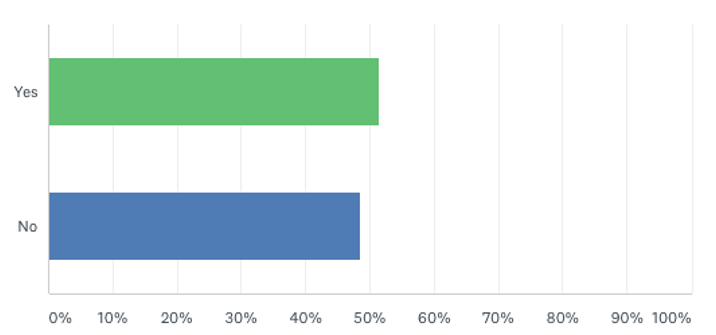
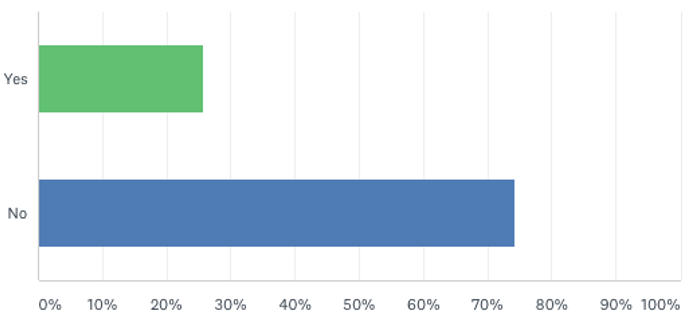
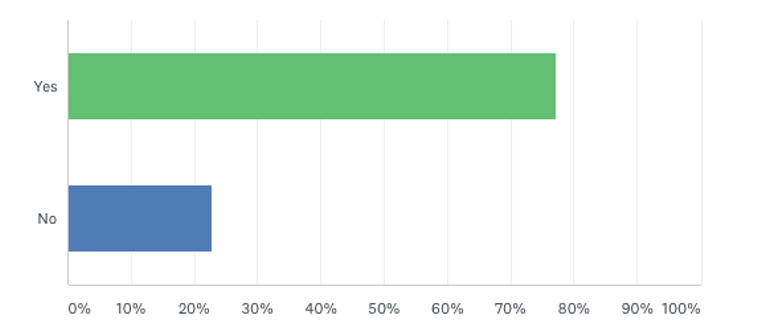
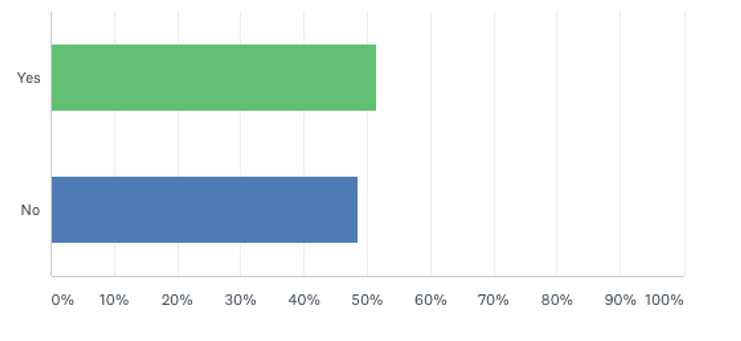
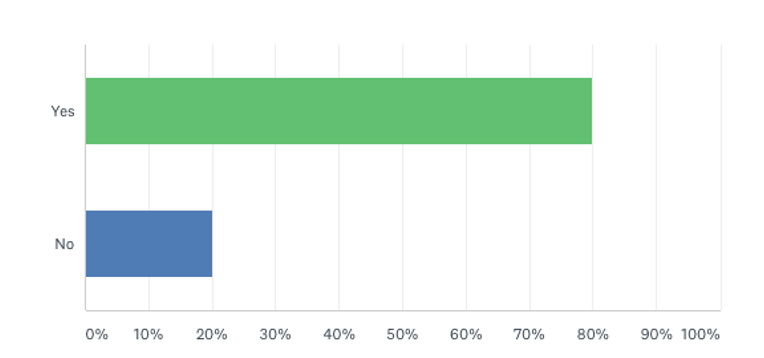
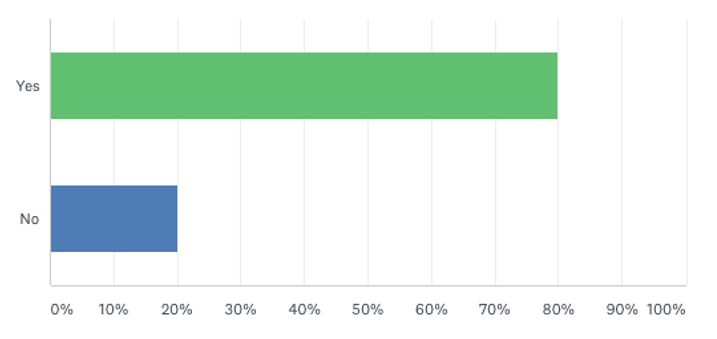

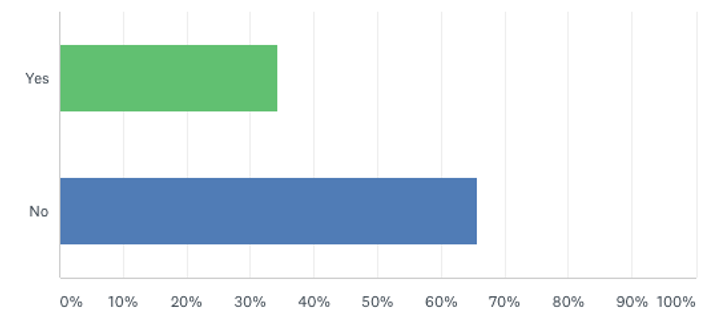


Relationships
The use of music in the realm of everyday life can become the foundation for enhancing cooperation between the members of a community. The change in question is especially important for teenage girls since it will prompt their further development with the context of their communities. The identified step, therefore, can be applied to the process of social interactions as the means of encouraging cooperation, support, and efficient communication among female students (Lee et al., 2016).
The survey results show that listening to music has a positive effect on relationships in at least 50% of cases. Thus, music will allow the target population to identify points of contact that they can use as the starting point for developing friendly relationships and exploring the idea of collaboration and community support.
Memory
Rhythm, which constitutes an essential part of any music, builds the foundation for a massive improvement in learners’ memory skills (Burns et al., 2015). A recent study by Altenmüller & Schlaug, 2015 (2017) confirms that the application of music as part and parcel of the everyday setting leads to the rapid development of the ability to train their long-term memory and remember vaster ranges of information within a comparatively shorter amount of time.
Furthermore, the application of music as an element of the background noise contributes to a massive improvement in the quality of one’s working memory (Rolvsjord, 2015). Particularly, the study indicated that, with the incorporation of music into the everyday setting, people develop the ability to carry out the tasks associated with close reading, analysis, etc., with a minimum of errors (Altenmüller & Schlaug, 2015).
Therefore, the adoption of strategies based on introducing the target audience to music should be deemed as a necessity. However, to enhance the efficacy of female students’ memory, one may have to consider a careful transfer of the required elements to the specified setting. Instead of an immediate inclusion of music in the everyday setting, one will have to provide the target population with an opportunity to adjust to changes. For this reason, short music intermissions during regular activities should be viewed as a necessity as opposed to an uninterrupted flow of music. Furthermore, it will be necessary to make the music rather quiet at first not to disrupt the processes associated with critical and analytical thinking.
Psychology
According to the latest studies on the subject matter, music creates a stimulating setting for the promotion of personal growth (Dvorak et al., 2017). The specified phenomenon can be attributed to the fact that rhythm, which is a crucial component of music, prompts a series of responses from the human body, thus, encouraging students to be more active during their classes (Lee et al., 2016). The rest results indicate that there is a direct link between listening to music and developing psychologically; at least 60% of the respondents claimed that they relate music to psychology to a considerable extent.
Moreover, it will be crucial to help learners make subconscious connections between different types of music and different types of activities. For example, classical music can be used when helping them adapt their critical thinking skills, whereas more whimsical melodies can be applied in the environment where learners’ creative skills will have to be showcased (Rolvsjord, 2015). The adoption of the identified approaches aligns with the principles of the behaviorist approach and implies that students will be able to develop the ability to apply particular skills when a certain type of music is played (Burns et al., 2015).
The fact that music-based personal development strategies encourage the target population to communicate more efficiently can also be viewed as an essential addition to the enhancement of their ability to socialize and become a part of their community (Lee et al., 2016). Using music, people can create a platform for sharing their experiences and communicate their ideas more efficiently, as well as encourage consistent spiritual growth (Burns et al., 2015).
Therefore, the focus on communication and collaboration that music as a part of the everyday environment provides must be deemed as an important addition to the opportunities for the target population to build an intrinsic understanding of themself, thus, identifying possible psychological issues and resolving them, at the same time maintaining the psychological development rates consistent (Burns et al., 2015).
Spirituality
The analysis of recent studies has shown that music allows intertwining the experiences associated with spirituality and corporeality (Van der Merwe & Habron, 2015). Defined as the pure expression of spirituality and the representation of four crucial components thereof, i.e., “embodiment, sensory experience, creativity, and breath” (Van der Merwe & Habron, 2015, p. 55), the identified concept constitutes a massive part of people’s spiritual identity (Dvorak et al., 2017).
The results of the test show that the spiritual development of the target demographic is in direct proportion to their exposure to music. Therefore, by using music as a crucial element of one’s everyday environment, one is likely to encourage a steep increase in their spirituality levels.
Academic Achievement
Because of the effects that music has on students’ ability to focus, acquire an in-depth understanding of a particular subject, and build a significant amount of independence in their learning process, it can be assumed that music is part of the academic environment in which UAEU female students will boost target population’s progress significantly. It will encourage not only their learning development but also their spiritual growth. As a result, both personal and academic development will occur in the context of the classroom. Even though most (67%) respondents denied the connection between music and their academic scores, there is a reason to assume that the link between the specified variables exists.
Conclusion
Music must be considered an essential part of a set of a group of UAEU female learners. The use of music as a background will contribute to better management of their assignments, more productive work, and more efficient acquisition of essential knowledge and skills. From a spiritual perspective, in turn, the application of music will help learners develop the ability to engage in the process of self-directed learning.
Furthermore, music will help them develop an intellectual curiosity that will set the pace for their further self-directed learning. Consequently, music needs to be recognized as a legitimate tool for encouraging their development, in general. Music can serve as an intercultural medium that transcends languages and appeals to one’s emotional needs. As a result, the opportunity for creating a bond on a very personal level is created. The specified change in the dynamics of interpersonal relationships between Female UAEU students can be used to enhance their social skills, build a stronger dialogue with the community, and improve the quality of education respectively.
References
Altenmüller, E., & Schlaug, G. (2015). Apollo’s gift: new aspects of neurologic music therapy. In Progress in Brain Research, 217(1), 237-252.
Burns, D. S., Perkins, S. M., Tong, Y., Hilliard, R. E., & Cripe, L. D. (2015). Music therapy is associated with family perception of more spiritual support and decreased breathing problems in cancer patients receiving hospice care. Journal of Pain and Symptom Management, 50(2), 225-231.
Dvorak, A. L., Hernandez-Ruiz, E., Jang, S., Kim, B., Joseph, M., & Wells, K. E. (2017). An emerging theoretical model of music therapy student development. Journal of Music Therapy, 54(2), 196-227.
Fox, E. I., & McKinney, C. H. (2015). The bonny method of guided imagery and music for music therapy interns: A survey of effects on professional and personal growth. Music Therapy Perspectives, 34(1), 90-98.
Lee, S. M., Kim, B. K., Kim, T. W., Ji, E. S., & Choi, H. H. (2016). Music application alleviates short-term memory impairments through increasing cell proliferation in the hippocampus of valproic acid-induced autistic rat pups. Journal of Exercise Rehabilitation, 12(3), 148-155.
Rolvsjord, R. (2015). What clients do to make music therapy work: A qualitative multiple case study in adult mental health care. Nordic Journal of Music Therapy, 24(4), 296-321.
Van der Merwe, L., & Habron, J. (2015). A conceptual model of spirituality in music education. Journal of Research in Music Education, 63(1), 47-69.